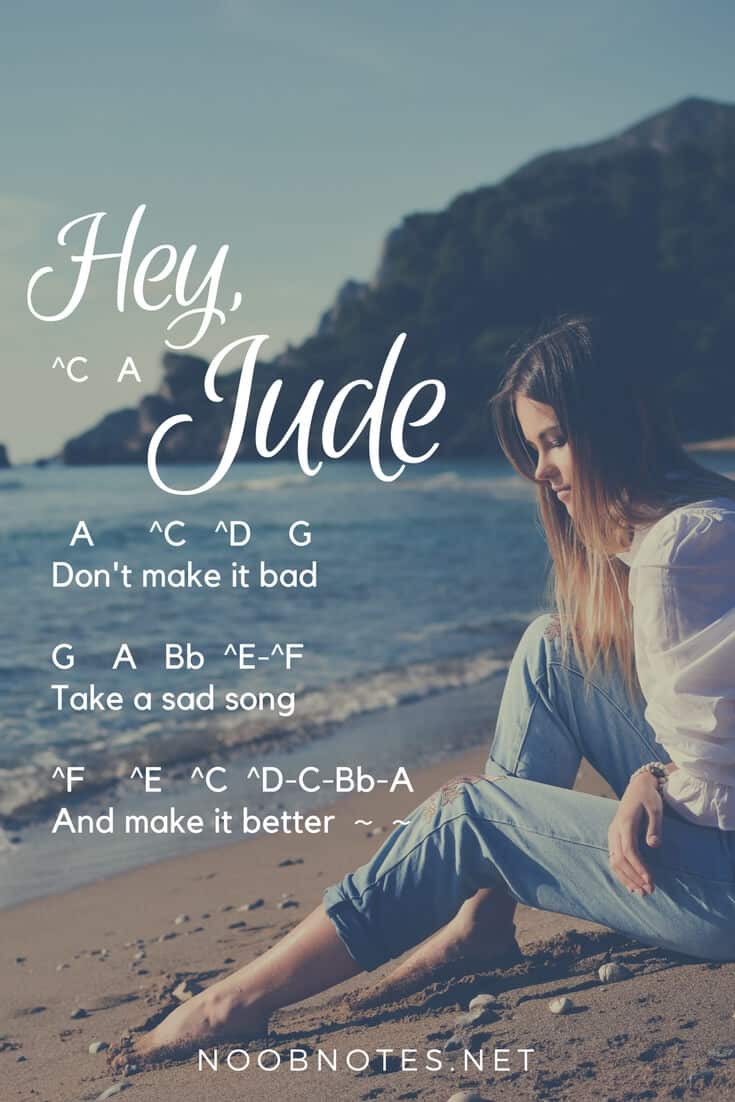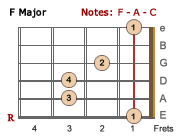

The verse is notable for it's use of anacrusis. But, for lesser mortals like us, the more we consciously emulate great techniques the more likely we are to become instinctual artists. How much of this is conscious or premeditated? Probably very little. It really makes the melody 'sing' (pardon the pun). Note also Paul's gift for placing words - the way he goes down on the words 'bad' and 'sad' but then lifts up on 'song'. The childlike simplicity of the chord progressionĪnd the melody's 'conversational' rhythm perfectly represent the subject matter and intention of the song. The only variation is the coda slurs the 'He-ey' over two notes. This “Hey Jude” motif occurs in all three sections of the song, moving in the same direction and by the same amount - dropping down a minor 3rd (or one and a half tones). Hey Jude (F - D) refrain (F - Bb) don't car- (F - D) - ry the world upon (D - C) your should- (Bb - A) - ders Similar two note descending motifs appear all through the bridge

In the verse it's C - A (the 5th to 3rd of the F chord) in the bridge F - D (the 5th to 3rd of the Bb chord).

The opening motif ( 'Hey Jude') reappears in the bridge over a Bb chord. Paul uses a fragment of the verse to craft the melodies in the bridge and coda ( Ticket 9).


 0 kommentar(er)
0 kommentar(er)
